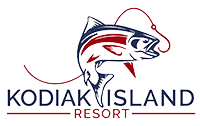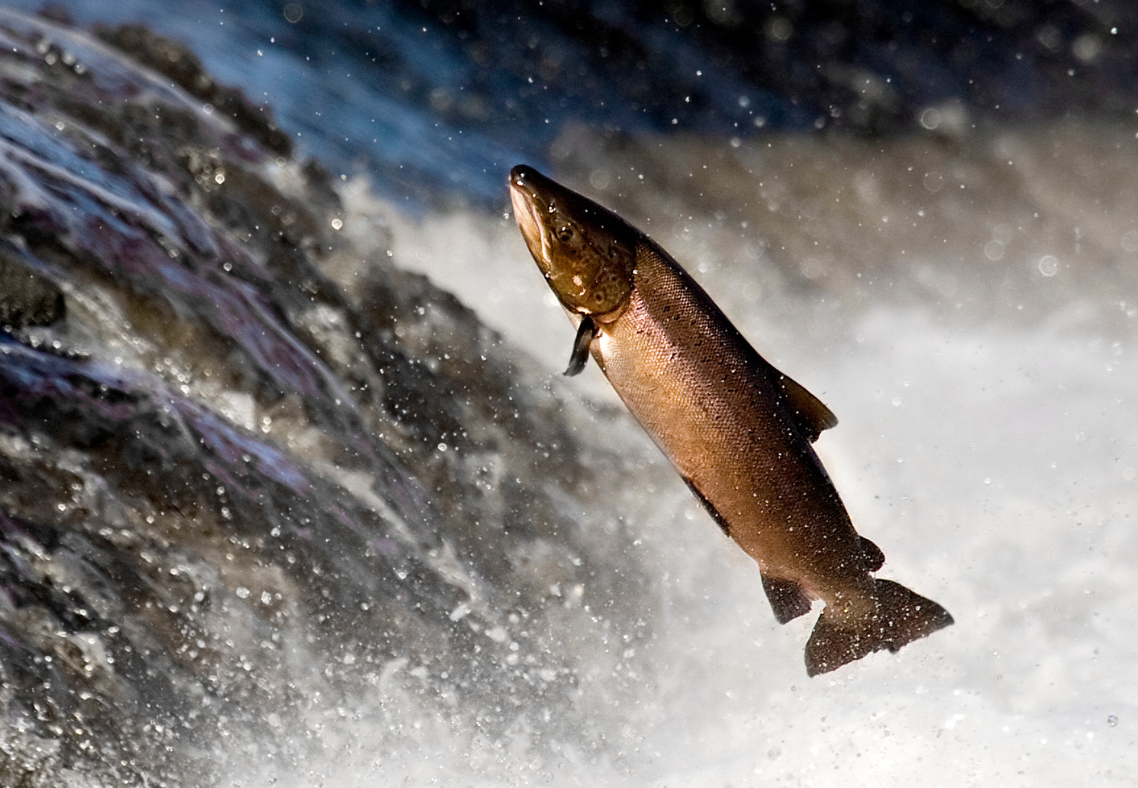Kodiak Island offers some of the richest and most diverse salmon fisheries in Alaska. All five Pacific salmon species—King (Chinook), Sockeye (Red), Coho (Silver), Pink, and Chum—run through its rivers, streams, estuaries, and coastal waters. Sources like Larsen Bay Lodge confirm that sockeye runs typically last from mid‑June through early October, while coho and silver salmon begin showing up in force from August through early fall. Not only is there abundance, but there is also variety: road-accessible rivers for easier access and remote river systems for more rugged, wilderness-style fishing. Karluk River is one of the more productive rivers for salmon and trout alike, and creeks like Monashka, Pillar, Salonie, and areas along the Kodiak Road System are also stocked and offer solid sport fishing opportunities.
Helpful Tips On Planning Your 2026 Salmon Fishing Trip to Kodiak Alaska
Best Time to Fish Salmon in Kodiak for 2026
To maximize your catch in 2026, timing is crucial. Based on recent trend data:
- Early Season (May‑June): Best for early Kings and Sockeye in certain rivers and coastal waters. As the snowmelt and water temperatures rise, fish begin moving into rivers.
- Mid Summer (July): Peak salmon runs for sockeye and pink salmon. Many lodges schedule their busiest weeks during July.
- Late Summer / Early Fall (August‑September): Coho (silver) salmon show up strongly. Most streams and some coastal estuaries are very productive. Wild color, fewer crowds, and cooler temperatures make this period especially appealing.
Thus, if your goal is a trip with multiple species, good weather, and less competition, late July through September is likely the sweet spot for 2026.
Regulations & Licenses You’ll Need
Before you go, stay fully aware of rules and regulations. Alaska Department of Fish & Game (ADF&G) has regulations specific to Kodiak that can affect your planning and what you can keep.
- In freshwater waters in the Kodiak Road Zone, for example, there are specific bag and possession limits for salmon species. Coho fishing is restricted in some cases to certain numbers per day, and there are size requirements.
- Certain streams or rivers have seasonal closures or catch‑and‑release rules for king salmon. Ayakulik River and Karluk River are examples where rules for king salmon are more restrictive in parts of the year.
- Licenses: A valid Alaska sport fishing license is required. If you plan to keep king salmon, a “king stamp” may be needed or mandatory reporting may apply. Check current ADF&G regulations close to your trip.
Make sure to check for emergency orders or special harvest orders before heading out. These may modify bag limits or open/closed water depending on salmon escapement or conservation needs.
Gear, Clothing and What to Pack
Salmon fishing in Kodiak can span a range of weather conditions. Being prepared makes your trip more comfortable and safe.
- Bring layers: Mornings and evenings can be chilly especially in August‑September. Have a warm base layer, a fleece or insulating mid‑layer, and a waterproof outer layer.
- Footwear is important: Waterproof boots are essential especially if you’ll wade rivers or stand on wet gravel bars.
- Gear: Medium to heavy rods depending on target species. For kings or large sockeye, stronger line and gear are needed. Coho and pinks respond well to lighter tactics. Flies, spoons, spinners, jigs all find use.
- Accessories: Polarized sunglasses help reduce glare, a brimmed hat helps against sun(sometimes) and rain, gloves for handling fish, insect repellent, sun protection, and rain gear are all important.
Booking Your Trip: Guides, Lodging, Charters
To get the most out of your 2026 salmon fishing trip, plan and book several things ahead of time.
- Reserve lodging and charters early. Prime dates, especially late summer, often fill up.
- Choose your guide or lodge based on the kind of fishing you want (river vs saltwater, mixed species vs targeting one). Some lodges specialize in coho season, some offer packages that include multiple fish species.
- Fish processing and shipping. If you want to bring your catch home, find out whether your lodge/charter provides cleaning, vacuum packaging, freezing, or shipping.
- Travel logistics. Getting to Kodiak often involves flights (via Anchorage), possibly floatplanes for remote rivers, or boat rides. Allow flexibility for weather.
Favorite Rivers, Creeks, and Areas for Salmon Fishing
Here are some spots around Kodiak you might target in 2026:
- Karluk River: Very productive, large drainage, runs of sockeye, coho, kings, pinks and chums. Wilderness setting.
- Ayakulik River: Also used for strong runs, especially sockeye, and estuary/saltwater fishing in parts. Remoteness adds adventure.
- Road Zone streams/creeks like Monashka Creek, Salonie Creek, Pillar Creek etc. These are more accessible, so good options if you don’t want remote logistics. Some are stocked.
- Coastal Saltwater & Bays: Fishing in bays or near inlets when salmon are migrating—trolling or drift fishing—can yield constituent catches. Also gives you variety (salmon + halibut, lingcod etc.).
Experience, Wildlife & Extras
One of the things that makes Kodiak so much more than just fishing is the whole ecosystem and wilderness around you.
- Wildlife sightings are frequent: Kodiak brown bears, eagles, whales, sea otters. Rivers with salmon running attract bears, which makes for amazing viewing (from safe distances).
- Scenic beauty: Kodiak’s mountains, coastline, bays, glaciers, fjords, fall colors in tundra or vegetation. Even non‑fishing days can be rich with photo ops.
- Peace & atmosphere: Later in the season things often quiet down a bit versus midsummer. If you prefer fewer people, more serenity, quieter rivers, fall may be ideal.
Budget & What to Expect Cost‑Wise
Planning your finances will help avoid surprises.
- Lodging and guide fees are major parts of cost. Premium lodges charge more, but often include meals, gear, and fish processing.
- Travel can be expensive: Airfare to Kodiak, sometimes floatplane or boat transfers if you want remote rivers.
- Licenses: king salmon stamps or permits, emergency order fees etc.
- Extras: fish processing, shipping, gratuities, personal gear, clothing, possible backup days for weather.
Tips for Making 2026 Your Best Salmon Trip
- Monitor salmon return forecasts from ADF&G, and note advisories or in‑season updates.
- Align your trip with species you most want to catch (king, sockeye, coho etc.). If Coho is a priority, aim for late summer.
- Pack light but smart; quality, waterproof gear matters.
- Be flexible with dates to work around weather or river conditions.
- Consider guided trips or charter services to maximize time on water.

